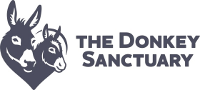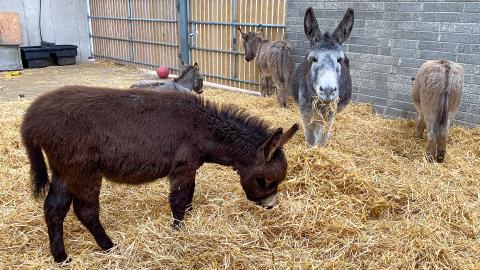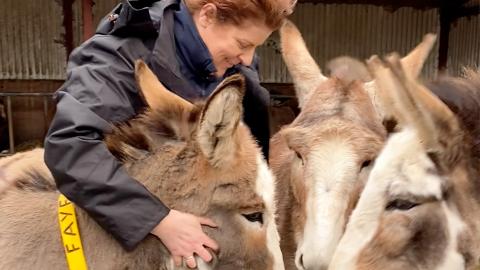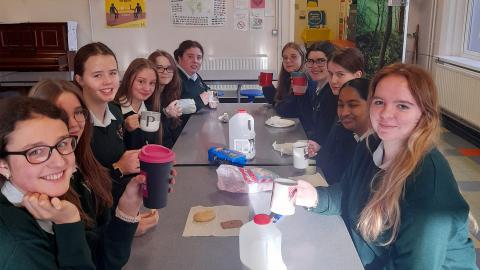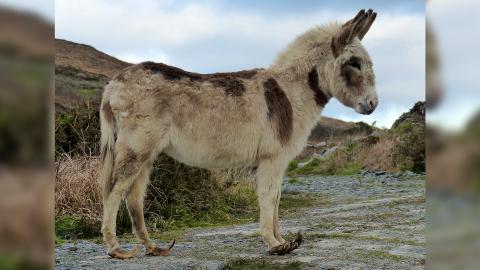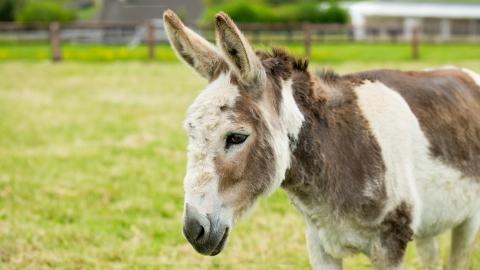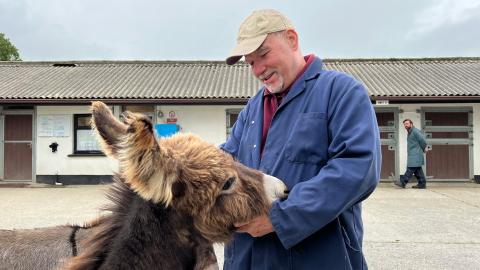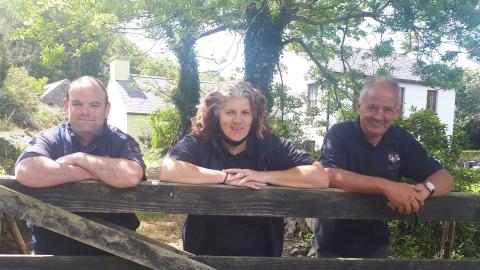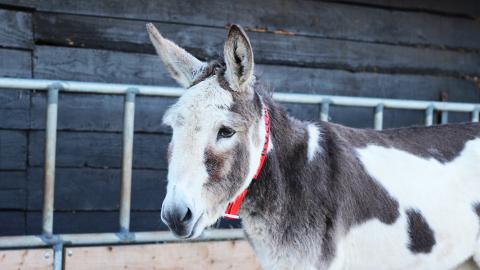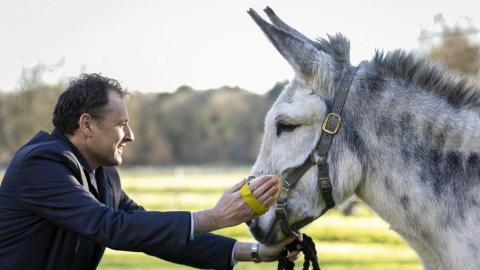Last Summer, we rescued four pregnant mares and welcomed Milana, Tweety, Bluebird and Sora to our sanctuary soon after.
THE DONKEY SANCTUARY
Liscarroll, Mallow, Co Cork, Ireland P51 PH29
Visiting hours:
Friday-Monday, 9.00am - 4.00pm
Office hours:
Monday-Friday, 9.00am - 4.00pm
Office closed weekends and Bank Holidays
Telephone: +353 (0) 22 48398
